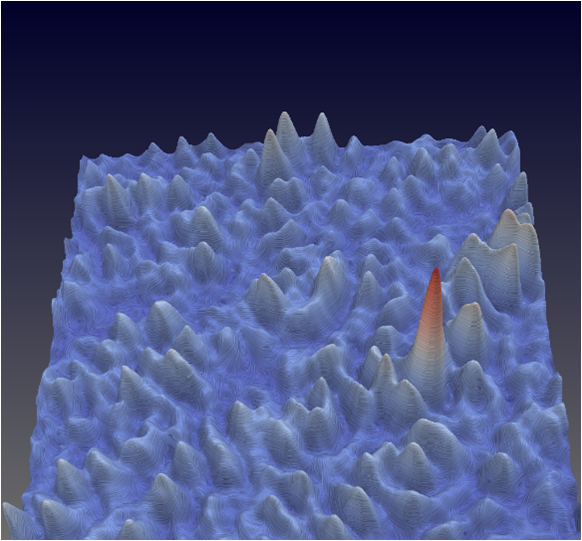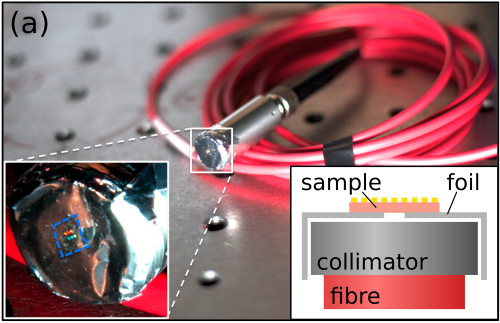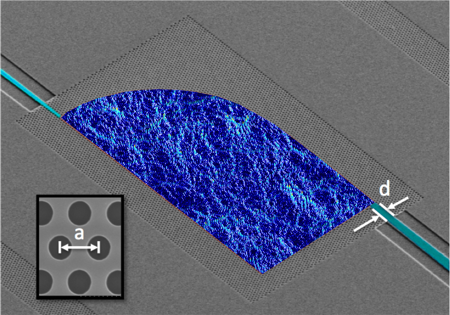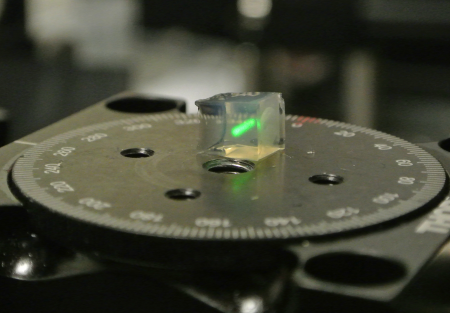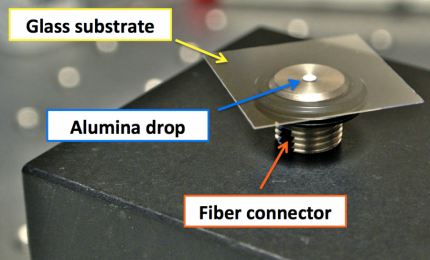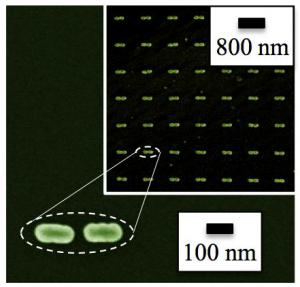Andrea Di Falco shortlisted for Teaching Awards
Andrea Di Falco has been shortlisted for the 2014-2015 Teaching Awards, organised by the Students’ Association to recognise and award excellent teaching. Andrea was selected to be shortlisted from a list of over 370 nominations, to be the one of the final four people in the category of Postgraduate Research Thesis Supervisor. Congratulations to Andrea and all the other nominees, shortlistees, and winners.

